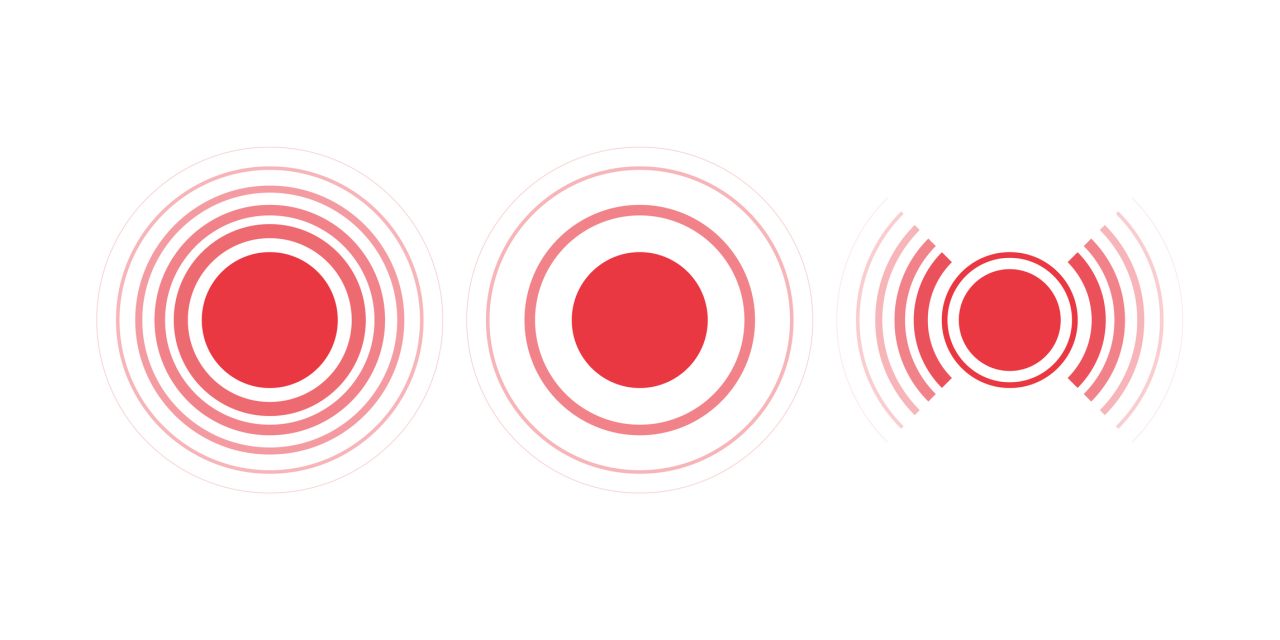The aim of this study is to evaluate craniofacial characteristics and upper airway morphology in adolescents with Attention Deficit Disorder with Hyperactivity (ADHD) compared to controls (CON).
Records from July 2014 to May 2018 of patients who were seeking orthodontic treatment at a single institute and had full pre-treatment orthodontic records including cone-beam computed tomography (CBCT) were reviewed. Comprehensive cephalometric variables were measured to determine craniofacial morphology. Upper airway volume (UAV), minimum cross-sectional area (MCA), and linear measurements were calculated at multiple planes.
A total of 87 adolescents (ADHD, 29; CON, 58) were included in the study. Overall, UAV and MCA in ADHA group were smaller than CON. Statistical significance was evident in airway widths at planes A (P=0.002), C (P=0.042), and D (P<0.001), and airway area at plane D (lower hypopharynx) (P<0.001), with the ADHD group showing narrower widths and area compared to CON. The most common skeletal classification in the ADHD group was sequenced as Class II, Class I then Class III, with percentages of (58.6%), (31%) and (10.3%), respectively. No significant differences were found between the groups for any of the skeletal, dental, and soft tissue cephalometric variables.
ADHD affected adolescents have similar craniofacial characteristics, but narrower upper airway dimensions compared to controls. Further investigations with larger samples are warranted to further elucidate the relationship between SDB and ADHD.
Copyright © 2021 CEO. Published by Elsevier Masson SAS. All rights reserved.
Three-dimensional analysis of upper airway and craniofacial morphology in orthodontic adolescents with Attention Deficit Hyperactivity Disorder (ADHD): A comparative retrospective study.


